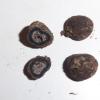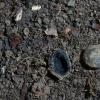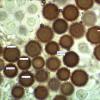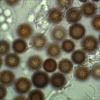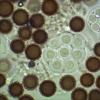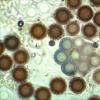
20-12-2025 23:08
Patrice TANCHAUDBonsoir, récolte sur sol sablonneux dans l'arri�

20-12-2025 15:47
Mirek GrycHi.These grew on pine wood that was heavily covere

18-12-2025 21:17
Pol DebaenstThe identification took me to Byssonectria deformi

15-12-2025 07:09
 Danny Newman
Danny Newman
indet. Rutstroemiaceae sp. on unk. fallen leavesMc

19-12-2025 10:10
Patrice TANCHAUDBonjour, récolte réalisée en milieu dunaire, a

18-12-2025 17:23
 Bruno Coué
Bruno Coué
Bonjour,je serais heureux d'avoir votre avis sur c

18-12-2025 18:07
Margot en Geert VullingsThese plumes were found on rotten wood.They strong

17-12-2025 18:35
 Michel Hairaud
Michel Hairaud
Bonjour à tous/Hi to everyone I am passing along

... found on Wednesday in a mixed stand of Populus tremula, Betula, Corylus and Salix caprea (etc.), on slightly acid soil, by the dogs Jule and Millie of Sabine Hörnicke. I fail to determine the specimen that seems to be most close to E. papillatus (that we also found without a lot of doubt at another locality) but differs in the more striate spores (I know there is a variety striatosporus) that are even smaller (I measure about 9,5-12 µm without the ornament being 2 µm and more) and the peridium being blue in section, as well as are some of the spores mounted. In the field, I opened only more or less older ascomata - the best one I cut "at home" in my hotel room. It contained fully ripe and unripe asci and was very interesting to study.
Can somebody help me with the determination? Is it (atypical?) papillatus var. striatosporus?
Best regards from Lothar
P.S. By the way: does somebody know a modern key or monography of Pachyphloeus. My determinations of citrinus and ligericus are a little bit unclear to me with Montecchi alone.

